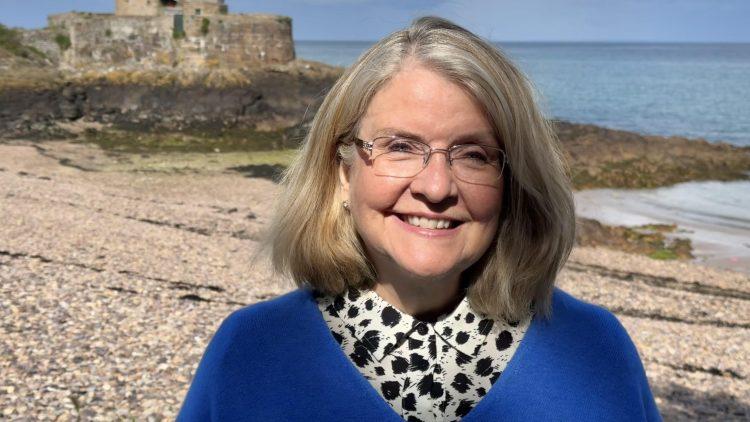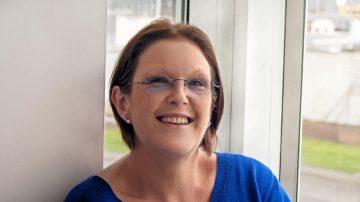Now that World WellBeing Week 2025 has drawn to a close, I’ve found myself reflecting, not just on the amazing activities we saw taking place all around the world, but on what we each choose to carry forward from it.
Yes, it’s a themed week, but a powerful one. It gives us the space to pause, to come together, to share ideas and celebrate progress. And if it’s to mean anything long-term, it must become more than a date in the diary. It has to filter into everyday choices, conversations, and commitments – year-round.
Back in 2011, when we first launched WellBeing World, and even to an extent in 2019 when we created the first World WellBeing Week, wellbeing was just beginning to break into mainstream business thinking. Conversations around mental health were still cautious. Kindness and compassion in leadership felt aspirational, not operational.
In 2025 we see a dramatic shift. Wellbeing is visible. It features in strategies, annual reports, and LinkedIn headlines. It’s part of how organisations brand themselves, attract talent, and retain people. And that visibility matters.
But with popularity comes a quiet risk: the dilution of meaning. We say the word so often, it sometimes starts to sound hollow.
This week was a helpful reminder: we need to keep asking what wellbeing really is. And whether we’re really living it, not just talking about it.
What does wellbeing mean to you?
It’s not a trick question. The answer won’t be the same for everyone. And that’s the point.
For some, wellbeing starts with helping others. For others, it’s solitude and space to breathe. For many, it’s tied to physical health, movement, rest, what we eat, how we sleep.
It’s how we manage stress. How we make others feel. How we show up in the world, how safe we feel being ourselves. And much more.
Let’s face it, wellbeing is life. And life is wellbeing.
It’s even right there in the word: WELLBEING.
Years ago, I created the WellBeing Wheel to offer a broader, more human perspective. It’s not a checklist; it’s a gentle research-based guide for what matters most:
W – Work: Vocation, life purpose, financial security
E – Energy: Physical wellness, mental resilience, emotional health
L – Love: Social bonds, family, friendship, connection
L – Life: Balance: Rest, relaxation, leisure, creativity
B – Belief: Self-worth, trust, motivation, resourcefulness
E – Environment: Home, workspace, conscious living, nature
I – Inclusivity: Awareness, diversity, belonging, collaboration
N – Nutrition: Healthy eating, self-care, restorative sleep
G – Gratitude: Kindness, compassion, seeing the good
It reminds us that wellbeing isn’t one thing. It’s everything that makes life feel whole.
A framework for the workplace
When we zoom in to look at organisations, we need something equally human but structured enough to guide real change. That’s where our WORKPLACE WellBeing Protocol came in. It wasn’t just a model, it’s a compass:
W – Wellbeing as a Strategic Priority & Board Imperative
O – Open Communication, Listening & Employee Voice
R – Resilience & Relationships, both inside and outside of work
K – Kindness, Compassion & Understanding of Needs
P – Processes for Psychological & Physical Safety
L – Leadership Skills, Development & Accountability
A – Appreciation & Recognition of Employee Input
C – Culture, Teamwork, Trust & Respect
E – Environmental Energy, both in the workplace and hybrid environments
Used well, this framework becomes part of the organisation’s rhythm. Not a one-off initiative. Not a compliance exercise, but a lived commitment.
Beyond perks, into culture
We’ve all seen the activities, the wellbeing days, the digital detox campaigns, mindfulness apps. Some are wonderful. Some, less so. But when the culture doesn’t support it, even the best-intended gestures can fall flat.
Take the much-loved ‘wellbeing day’. A day off, in theory, to rest and reset. But if the workload doesn’t shift? If deadlines loom or emails pile up as a result? That one day can actually feel like just another stressor.
Culture is the difference
Wellbeing isn’t what’s printed in the strategy. It’s what’s felt in the day-to-day. It’s the tone of your meetings, the feedback you give, the trust you build – or don’t.
So many reflections from this week come back to five truths:
- If your wellbeing strategy disappears in tough times, it wasn’t a strategy.
- You can’t outsource wellbeing. It has to be led and lived by leadership.
- Culture is the container. If people are burned out, no initiative will fix what the environment permits.
- It’s everyone’s job. Not just HR – finance, operations, governance all shape the experience of work.
- Equity and belonging matter. Without them, wellbeing isn’t truly possible.
What happens next?
This is the part that really matters: what we do after the awareness event ends.
Do we let the momentum fade? Or do we allow this week, these conversations, this energy, become the beginning of something deeper? World WellBeing Week is a celebration, yes.
But it’s also a checkpoint. A reminder to recommit. To stay curious. To keep asking:
- What’s working vs what’s performative?
- What are we doing with people, not just for them?
- And most of all: how do we make this not just a week, but a way of working, and a way of being?
How did you celebrate?
Did you take time for yourself? Organise something for your team? Share something on social media? Will you continue into the weekend, into next week and the week after?
We’d love to know. Please share using the hashtag #WorldWellBeingWeek – not to perform, but to inspire. Because your story might be exactly what someone else needs to see today.
To those who planned, posted, showed up, or simply listened, thank you, and to those wondering if any of it is making a difference, it is.
This isn’t the end. It’s a beginning. Because beyond the buzzwords, this is still about people. And people will always be worth it.














